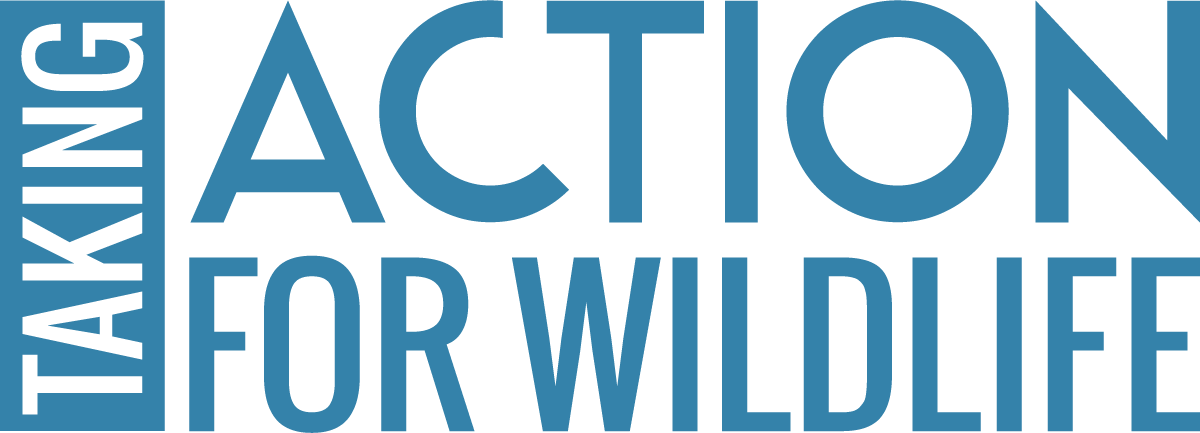Get Outside & Tell Us What You See!
Last summer I was, as usual, working in my office on my computer when I got an unexpected call. The caller, Peter, was so excited! He had decided to explore a cobble island in the middle of the Pemigewasset River on the last day of his vacation, and he found a Cobblestone Tiger Beetle, one of the state endangered species. Peter, like many of you, is passionate about the wildlife and his special place – which for him is the entire Merrimack River Watershed (from the White Mountains to the Atlantic). Peter also has a special love for insects, from his undergraduate days studying entomology.
Peter had reported his sightings in the NH Wildlife Sightings Database, but was too excited to let it got at that, so he called me. I too got very excited, as Cobblestones had not been found in that watershed before, which is far from their known habitat. Fish and Game biologists do follow up on each sighting recorded in the database, checking to see if the record had enough data to be considered accurate enough for the stringent criteria of the Natural Heritage Bureau database, the official record of rare species locations in NH. But that usually happens in the winter, when there is a bit more time.
This time, I was able to act immediately. After all, it was a beautiful August day and a very special sighting. Because the photographs he took confirmed the identification, it was enough to inspire Pam Hunt of NH Audubon and me to head to the site the next day. Sure enough, Peter led us right to the site, and we found the beetles. We then explored another likely looking site upstream, but with no luck. Later that day, Peter explored another island, found more beetles, and reported them. And the following week we surveyed several more islands and found one other site.
This winter we’ll be talking with the landowners about this finding, so see whether they are interested in allowing further study of the insects, or even to do some conservation measures if they seem appropriate. The Pemigewasset is under increasing recreational pressure, as paddlers, anglers and inner-tube floaters frequent the river every day. It is such a gorgeous place, and I am delighted that people want to get outside and appreciate it. But I also don’t want them disturbing the beetle’s habitat, which is limited to very specific areas of the islands.
Although finding an endangered species sounds like an unlikely scenario, it’s not. We have relied on sightings provided by amateur naturalists, such as you, to boost our understanding of species distributions since the beginning of the Nongame and Endangered Wildlife Program. Sightings of black racers, Blandings’s turtles, wood turtles, and now spotted turtles have been used to identify locations for research projects in the past 10 years. This baseline knowledge made the projects much more effective and efficient, and the results have provided us with knowledge that has helped us permanently conserve some of their habitat and develop practices for habitat management that landowners can do.
You too can help! Get outside wherever you like to go – your backyard, the town forest, your neighbor’s forest (with their permission) and look around. Take photos of what you see, and notes about it. Is the animal on a nest? How many of them are they? So you see young ones or adults? Then head to the Wildlife Sightings Database (http://nhwildlifesightings.unh.edu/) to record what you saw. There you can view a list of what species you can report data on. This includes all reptiles and amphibians, all Species of Greatest Conservation Need in the NH Wildlife Action Plan, and certain species that NHFG biologists are interested in learning more about. For many bird species, we also rely on eBird where you can record any bird species. This is a great winter project – check out the photos you took this year and upload your data to the site.
The first time you sign on, you will need to create a login. In this process we ask you a little about yourself, so we know what your experience and interests are. Don’t be intimidated by this – most of us started by learning as we went along – self-taught naturalists. Some of us, like me, decided to make it a career. But I know plenty of “amateurs” who know a lot more than I do about the species they have studied.
For each sighting, the database will ask location data, and you can zoom in on a map to show where it was. But if you have GPS coordinates, you can use that too. Then you choose the species, add information from your notes, and upload a couple of photos. You’ll have to go through the pictures you took to find the ones that best show the characteristics of that species. You can add multiple species to the same site. You can go back in to look at your data whenever you want. You can even edit your sightings until one of the NHFG biologists goes in and looks at them. Once a sighting is vouchered they cannot be changed as they become an official record. Vouchered data is used both by NHFG and Natural Heritage and will show up on the maps the program generated annually. If your data cannot be verified, a biologist may contact you for more information.
Thanks for helping us learn more about species of greatest conservation need! Your participation does make a difference.

